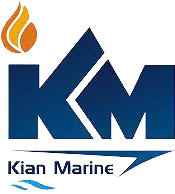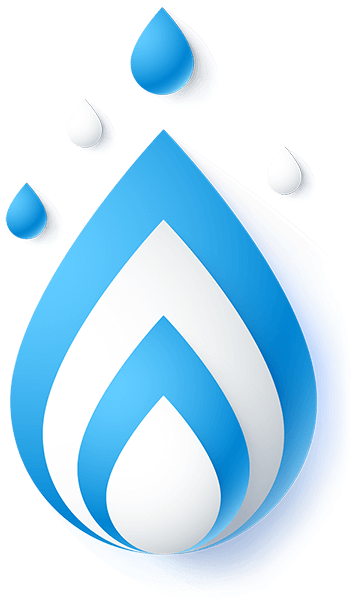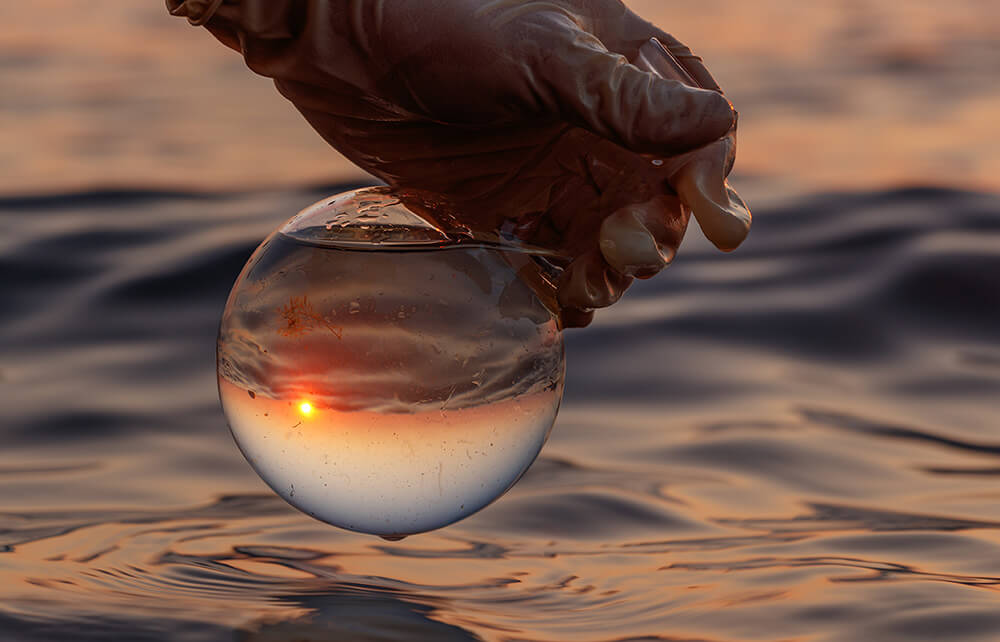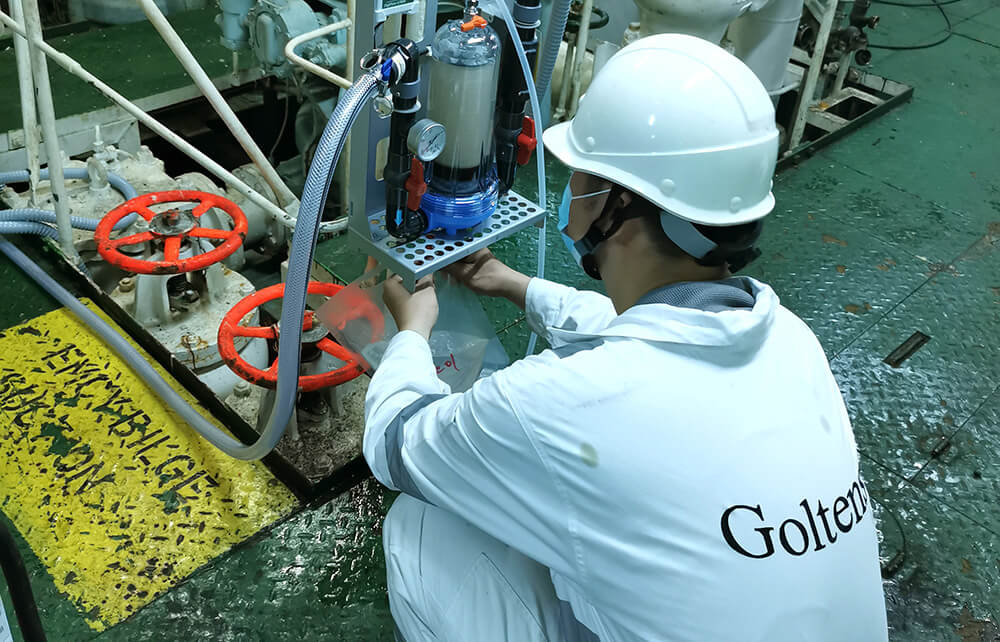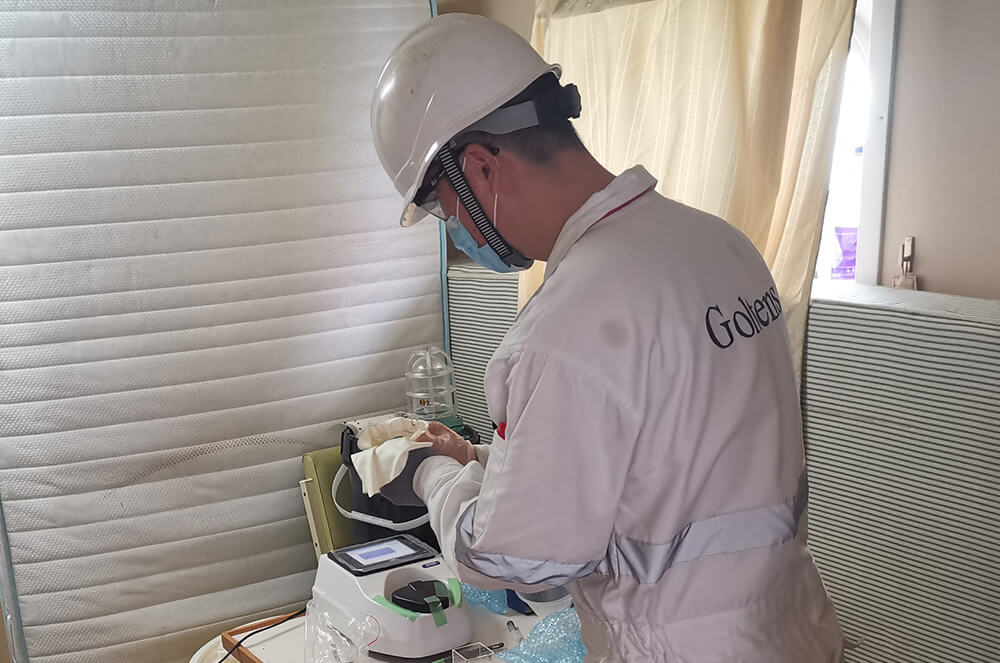Objective of BWMS Commissioning Testing
Commissioning testing is required to demonstrate that the particular type-approved BWMS installed onboard the vessel is performing as designed by demonstrating that its mechanical, physical, chemical and biological processes are working properly.
Note that commissioning testing is not performed to validate the system design. The respective BWMS designs should have been validated during the respective type-approval process and will already have been demonstrated to comply with the IMO D-2 discharge standards.
Qualified Testing Providers
The required testing must be performed independently to the satisfaction of vessel’s Flag State administration. The testing is not within the scope of standard supplier commissioning, however the BWMS supplier can support the process by arranging or facilitating third-party independent testing. With years of BWMS retrofit experience and hundreds of installations completed, shipowners can confidently engage Kian marine’ highly experienced engineers to conduct this testing.
BWMS Testing Process
The guidance shown below dictates that system testing should be conducted using local ambient water regardless of the challenges this water may present, and regardless of it being within or outside the original system design limitations.
